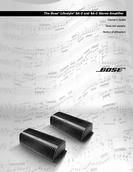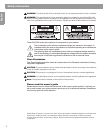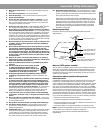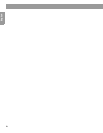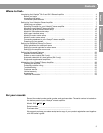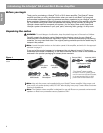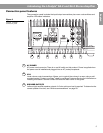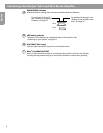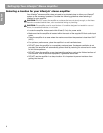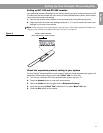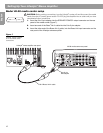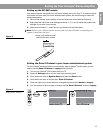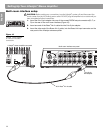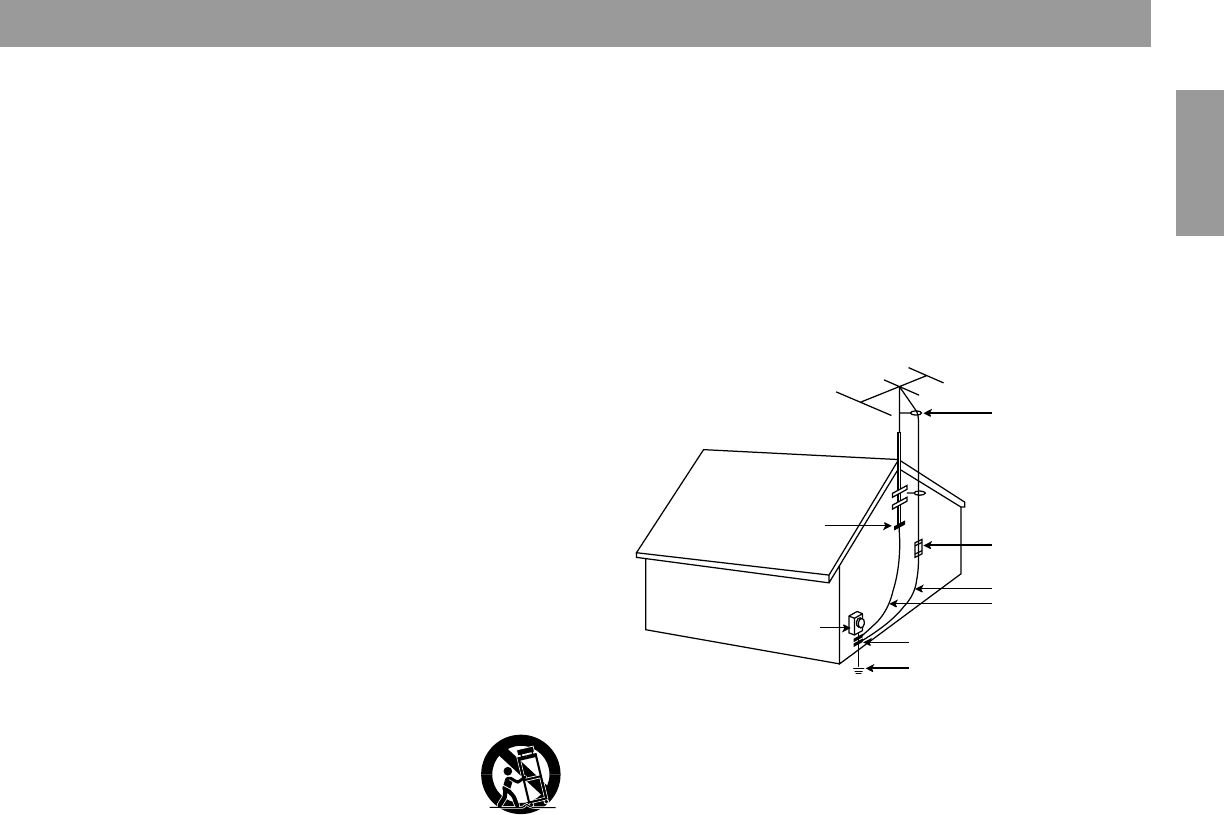
2a
Important Safety Instructions
English
1. Read these instructions – for all components before using this
product.
2. Keep these instructions – for future reference.
3. Heed all warnings – on the product and in the owner’s guide.
4. Follow all instructions.
5. Do not use this apparatus near water or moisture – Do not
use this product near a bathtub, washbowl, kitchen sink, laundry
tub, in a wet basement, near a swimming pool, or anywhere else
that water or moisture are present.
6. Clean only with a dry cloth – and as directed by Bose
®
Corpora-
tion. Unplug this product from the wall outlet before cleaning.
7. Do not block any ventilation openings. Install in accordance
with the manufacturer’s instructions – To ensure reliable opera-
tion of the product and to protect it from overheating, put the prod-
uct in a position and location that will not interfere with its proper
ventilation. For example, do not place the product on a bed, sofa, or
similar surface that may block the ventilation openings. Do not put it
in a built-in system, such as a bookcase or a cabinet that may keep
air from flowing through its ventilation openings.
8. Do not install near any heat sources, such as radiators, heat
registers, stoves or other apparatus (including amplifiers)
that produce heat.
9. Do not defeat the safety purpose of the polarized or ground-
ing-type plug. A polarized plug has two blades with one
wider than the other. A grounding-type plug has two blades
and a third grounding prong. The wider blade or third prong
are provided for your safety. If the provided plug does not fit
in your outlet, consult an electrician for replacement of the
obsolete outlet.
10. Protect the power cord from being walked on or pinched,
particularly at plugs, convenience receptacles, and the point
where they exit from the apparatus.
11. Only use attachments/accessories specified by the manu-
facturer.
12. Use only with the cart, stand, tripod, bracket
or table specified by the manufacturer or
sold with the apparatus. When a cart is used,
use caution when moving the cart/apparatus
combination to avoid injury from tip-over.
13. Unplug this apparatus during lightning storms or when
unused for long periods of time – to prevent damage to this
product.
14. Refer all servicing to qualified service personnel. Servicing
is required when the apparatus has been damaged in any
way: such as power-supply cord or plug is damaged; liquid
has been spilled or objects have fallen into the apparatus;
the apparatus has been exposed to rain or moisture, does
not operate normally, or has been dropped – Do not attempt to
service this product yourself. Opening or removing covers may
expose you to dangerous voltages or other hazards. Please call
Bose to be referred to an authorized service center near you.
15. To prevent risk of fire or electric shock, avoid overloading
wall outlets, extension cords, or integral convenience recep-
tacles.
16. Do not let objects or liquids enter the product – as they may
touch dangerous voltage points or short-out parts that could result
in a fire or electric shock.
17. See product enclosure bottom for safety related markings.
18. Use Proper Power Sources – Plug the product into a proper
power source, as described in the operating instructions or as
marked on the product.
19. Avoid Power Lines – Use extreme care when installing an outside
antenna system to keep from touching power lines or circuits, as
contact with them may be fatal. Do not install external antennas
near overhead power lines or other electric light or power circuits,
nor where an antenna can fall into such circuits or power lines.
20. Ground All Outdoor Antennas – If an external antenna or cable
system is connected to this product, be sure the antenna or cable
system is grounded. This will provide some protection against volt-
age surges and built-up static charges.
Section 810 of the National Electrical Code ANSI/NFPA No. 70 pro-
vides information with respect to proper grounding of the mast and
supporting structure, grounding of the lead-in wire to an antenna
discharge unit, size of grounding conductors, location of antenna-
discharge unit, connection to grounding electrodes, and require-
ments for the ground electrode. Refer to the antenna grounding
illustration on this page.
Antenna grounding
Example of antenna grounding as per National Electrical Code,
ANSI/NFPA 70.
Note to CATV system installer
This reminder is provided to call the CATV system installer’s attention to
Article 820-40 of the NEC (of USA) that provides guidelines for proper
grounding. In particular, it specifies that the cable ground shall be con-
nected to the grounding system of the building, as close to the point of
cable entry as is practical.
Information about products that generate
electrical noise
If applicable, this equipment has been tested and found to comply with
the limits for a Class B digital device, pursuant to Part 15 of the FCC
rules. These limits are designed to provide reasonable protection against
harmful interference in a residential installation. This equipment gener-
ates, uses, and can radiate radio frequency energy and, if not installed
and used in accordance with the instructions, may cause harmful interfer-
ence to radio communications. However, this is no guarantee that inter-
ference will not occur in a particular installation. If this equipment does
cause harmful interference to radio or television reception, which can be
determined by turning the equipment off and on, you are encouraged to
try to correct the interference by one or more of the following measures:
• Reorient or relocate the receiving antenna.
• Increase the separation between the equipment and receiver.
• Connect the equipment to an outlet on a different circuit than the one
to which the receiver is connected.
• Consult the dealer or an experienced radio/TV technician for help.
Note:
Unauthorized modification of the receiver or radio remote control
could void the user’s authority to operate this equipment.
This product complies with the Canadian ICES-003 Class B
specifications.
Antenna lead-in wire
Antenna discharge unit
(NEC Section 810-20)
Grounding conductors
(NEC Section 810-21)
Ground clamps
Power service grounding electrode
system (NEC ART 250, Part H)
Electric service
equipment
Ground clamp













